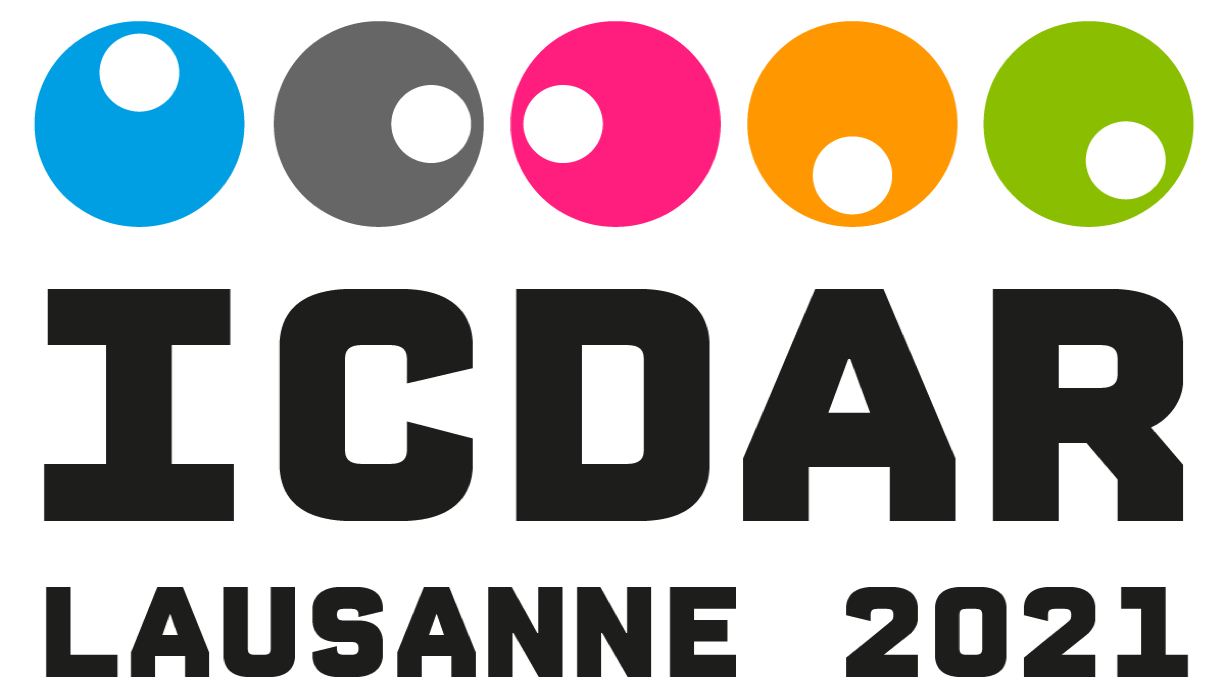This is the official repo for the SauvolaNet (ICDAR2021). For details of SauvolaNet, please refer to
@INPROCEEDINGS{9506664,
author={Li, Deng and Wu, Yue and Zhou, Yicong},
booktitle={The 16th International Conference on Document Analysis and Recognition (ICDAR)},
title={SauvolaNet: Learning Adaptive Sauvola Network for Degraded Document Binarization},
year={2021},
volume={},
number={},
pages={538–553},
doi={https://doi.org/10.1007/978-3-030-86337-1_36}}
Thanks to @mohamadmansourX, we have custom training of SauvolaNet. For more detail, please visit to this link.
SauvolaNet is an end-to-end document binarization solution. It is optimal for three hyper-parameters of the classic Sauvola algorithm. Compare with existing solutions, SauvolaNet has followed advantages:
- SauvolaNet do not have any Pre/Post-processing
- SauvolaNet has comparable performance with SoTA
- SauvolaNet has a super lightweight network structure and faster than DNN-based SoTA
More precisely, SauvolaNet consists of three modules, namely, Multi-window Sauvola (MWS), Pixelwise Window Attention (PWA), and Adaptive Sauolva Threshold (AST).
- MWS generates multiple windows of different size Sauvola with trainable parameters
- PWA generates pixelwise attention of window size
- AST generates pixelwise threshold by fusing the result of MWS and PWA.
LineCounter is written in TensorFlow.
- TensorFlow-GPU: 1.15.0
- keras-gpu 2.2.4
Other versions might also work but are not tested.
Download the repo and create the virtual environment by following commands
conda create --name Sauvola --file spec-env.txt
conda activate Sauvola
pip install tensorflow-gpu==1.15.0
pip install opencv-python
pip install parse
Then play with the provided ipython notebook.
Alternatively, one may play with the inference code using this google colab link.
We do not own the copyright of the dataset used in this repo.
Below is a summary table of the datasets used in this work along with a link from which they can be downloaded:
| Dataset | URL |
|---|---|
| DIBCO 2009 | http://users.iit.demokritos.gr/~bgat/DIBCO2009/benchmark/ |
| DIBCO 2010 | http://users.iit.demokritos.gr/~bgat/H-DIBCO2010/benchmark/ |
| DIBCO 2011 | http://utopia.duth.gr/~ipratika/DIBCO2011/benchmark/ |
| DIBCO 2012 | http://utopia.duth.gr/~ipratika/HDIBCO2012/benchmark/ |
| DIBCO 2013 | http://utopia.duth.gr/~ipratika/DIBCO2013/benchmark/ |
| DIBCO 2014 | http://users.iit.demokritos.gr/~bgat/HDIBCO2014/benchmark/ |
| DIBCO 2016 | http://vc.ee.duth.gr/h-dibco2016/benchmark/ |
| DIBCO 2017 | https://vc.ee.duth.gr/dibco2017/ |
| DIBCO 2018 | https://vc.ee.duth.gr/h-dibco2018/ |
| PHIDB | http://www.iapr-tc11.org/mediawiki/index.php/Persian_Heritage_Image_Binarization_Dataset_(PHIBD_2012) |
| Bickely-diary dataset | https://www.comp.nus.edu.sg/~brown/BinarizationShop/dataset.htm |
| Synchromedia Multispectral dataset | http://tc11.cvc.uab.es/datasets/SMADI_1 |
| Monk Cuper Set | https://www.ai.rug.nl/~sheng/ |
For any paper-related questions, please feel free to contact leedengsh@gmail.com.



